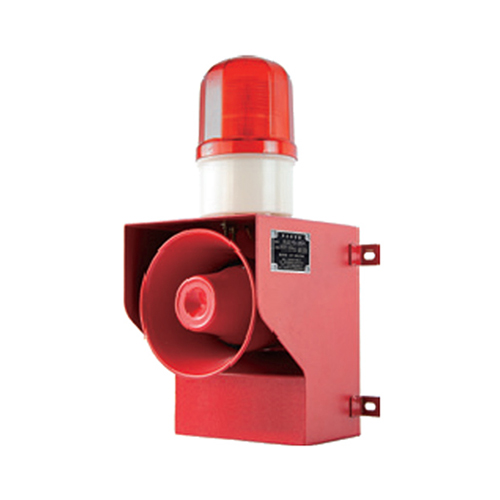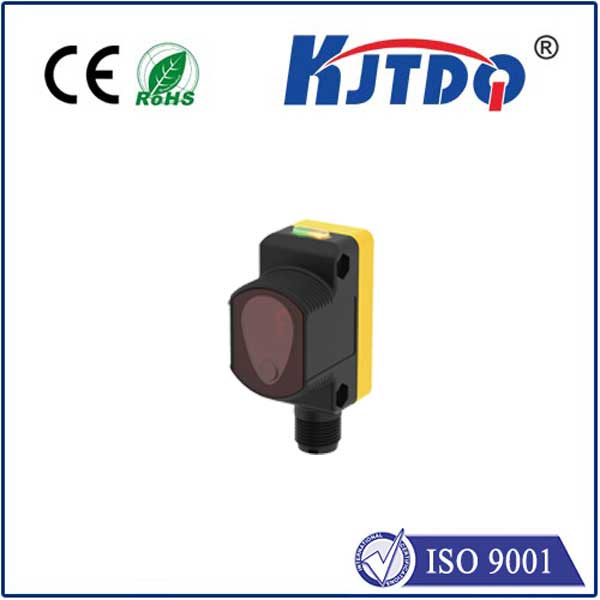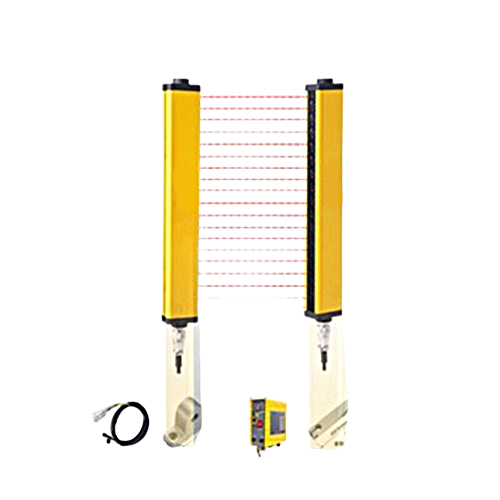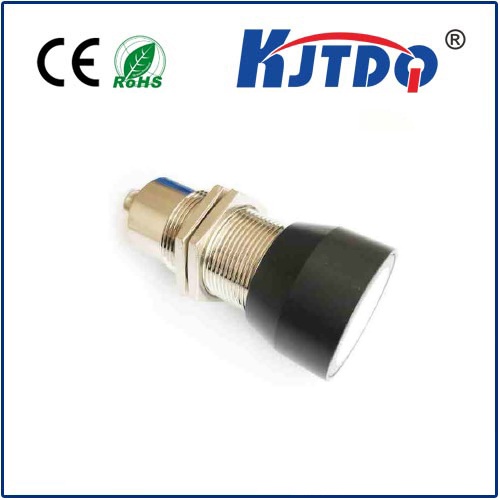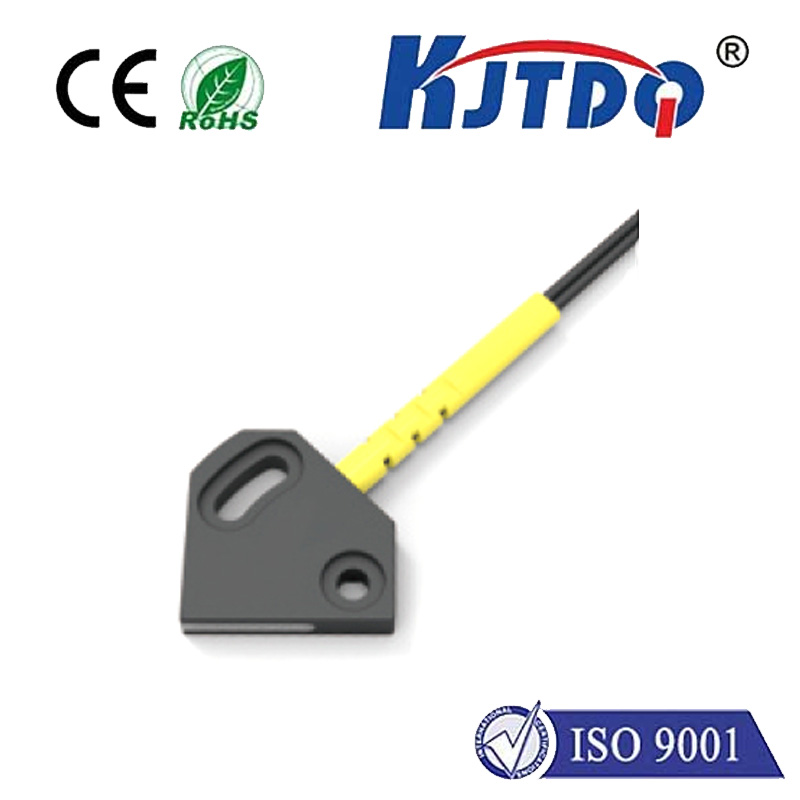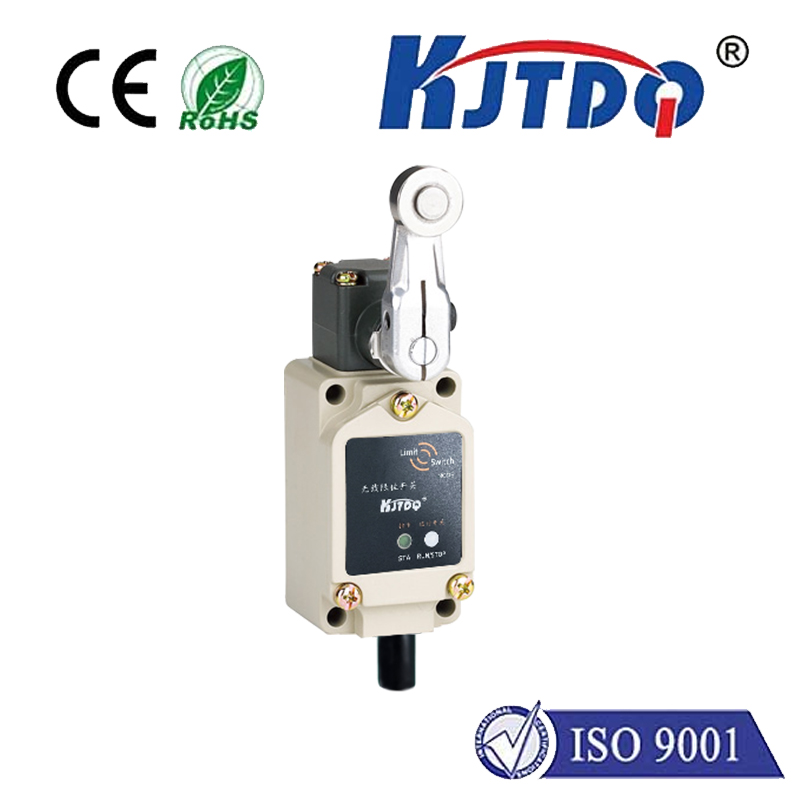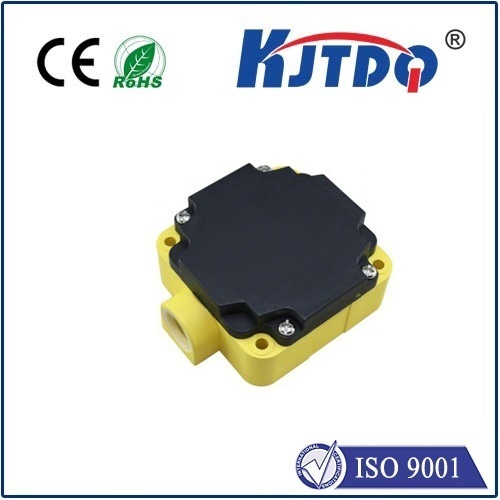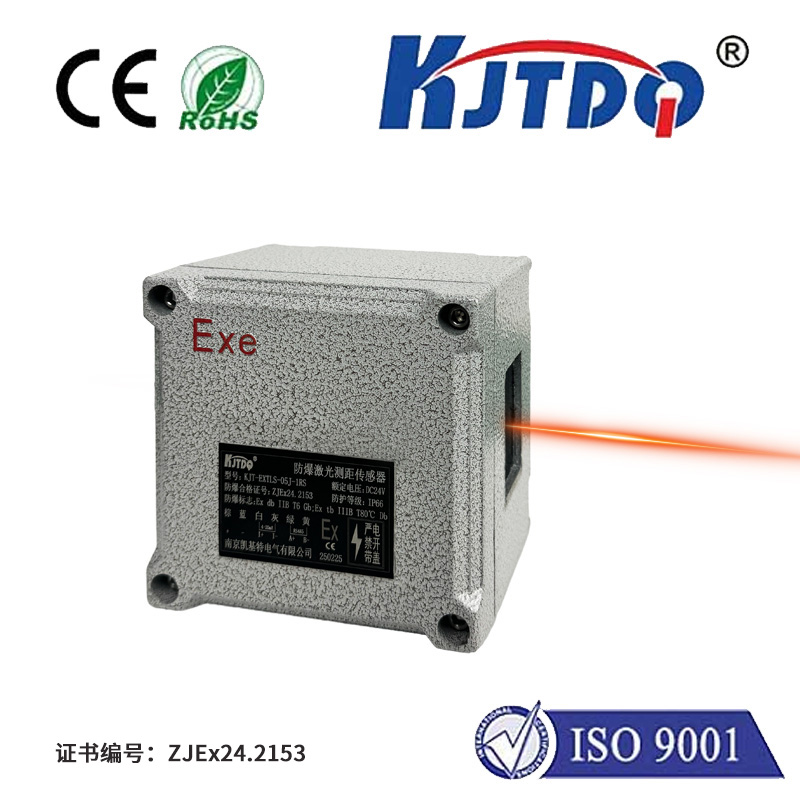sensor limit
- time:2025-08-06 14:24:24
- Нажмите:0
Sensor Limits Demystified: Why Boundaries Drive Innovation in Sensing Technology
Picture this: an autonomous car navigating smoothly down a highway, sensors feeding it a constant stream of data. Suddenly, dense fog rolls in. The once-reliable LiDAR struggles, its laser pulses scattered by water droplets. The camera’s vision becomes a blurry haze. This isn’t science fiction; it’s an encounter with a fundamental reality – sensor limits. Every sensor, from the simplest temperature probe to the most complex hyperspectral imager, possesses inherent boundaries. Understanding these sensor limits isn’t admitting failure; it’s the essential first step towards smarter design, reliable operation, and true innovation in sensor technology.
At its core, a sensor limit defines the edge of its capability. Think of it like the redline on a car’s tachometer – exceeding it risks damage or erroneous output. These constraints manifest in several critical dimensions:

- Measurement Range: Every sensor has a defined span within which it operates accurately. A pressure sensor calibrated for 0-100 PSI cannot reliably measure 500 PSI; attempting to do so risks permanent damage (sensor destruction) or wildly inaccurate readings (saturation). Similarly, a temperature sensor designed for industrial ovens might freeze up, literally and functionally, in cryogenic conditions. Selecting a sensor with an appropriate range is paramount for safe and effective operation.
- Accuracy and Precision: How close a measurement is to the true value (accuracy) and how consistently it can be repeated (precision) are constantly challenged by inherent sensor limits. Factors like thermal noise, electrical interference, manufacturing tolerances, and even long-term drift (aging effects) introduce small errors. While significant strides have been made, as noted in a recent IEEE Sensors Journal review, achieving absolute perfection is physically impossible. The goal becomes understanding the uncertainty budget and mitigating noise where feasible.
- Resolution: This defines the smallest detectable change in the measured quantity. A digital thermometer displaying only whole degrees has a resolution of 1°C; it cannot distinguish between 25.3°C and 25.4°C. Sensor limits in resolution constrain how fine-grained the data output can be, impacting applications requiring extreme detail, like micro-positioning systems in semiconductor manufacturing or detecting subtle chemical traces.
- Response Time: How quickly can a sensor react to a change? A slow thermocouple might take seconds to register a sudden temperature shift, while a high-speed photodiode can respond in nanoseconds. This response time limit is critical in dynamic environments. For instance, engine control units rely on sensors with millisecond responses to optimize combustion in real-time. Lag here means missed data and suboptimal performance.
- Environmental Constraints: Sensors don’t operate in a perfect vacuum. Temperature extremes, humidity, dust, corrosive chemicals, vibration, electromagnetic interference (EMI), and even ambient light can push sensors beyond their operational sensor limits, degrading performance or causing failure. An industrial accelerometer might be rated for harsh factory vibrations, but submerge it, and its sensor limit is breached. Robust packaging and careful selection for the environment are crucial countermeasures.
Why Embrace the Limit?
Far from being purely restrictive, sensor limits are powerful drivers of ingenuity:
- Realistic System Design: Recognizing boundaries prevents the dangerous assumption of infallible sensing. Engineers build in redundancy (multiple sensors measuring the same thing) and diagnostic capabilities to detect sensor faults or excursions beyond their sensor limit, enhancing overall system safety and reliability – a principle vital in aerospace and medical devices.
- Hybrid Solutions & Sensor Fusion: Often, no single sensor can overcome all its sensor limits alone. The answer lies in sensor fusion. Combining inputs from different sensor types – like cameras, radar, and LiDAR in autonomous vehicles – allows each to compensate for the others’ weaknesses (e.g., radar working in fog where cameras fail). Algorithms intelligently weigh the data based on known sensor limits in specific conditions.
- Algorithmic Innovation: When hardware hits a wall, software provides leverage. Advanced signal processing, machine learning (ML), and artificial intelligence (AI) can work wonders. Noise filtering algorithms clean up signals near the sensor limit. Adaptive algorithms can learn a sensor’s drift patterns and compensate over time. AI models can even infer missing data or predict trends when direct measurement is constrained by a sensor limit.
- Targeted Material & Design Advancements: The relentless pursuit of pushing sensor limits fuels R&D. Efforts focus on developing materials less sensitive to temperature drift, designing structures resistant to shock, inventing novel transduction principles for higher resolution or faster response, and creating protective coatings for harsh environments. Each breakthrough incrementally shifts the boundaries.
Modern applications constantly test sensor limits. In precision agriculture, soil moisture probes must handle wide temperature swings and corrosive elements. Surgical robots demand force sensors with exquisite resolution and minimal lag. Scientific exploration pushes sensors into deep space or ocean trenches, facing extremes inconceivable in a lab. The Internet of Things (IoT) depends on billions of sensors constrained by power consumption, cost, and environmental resilience – all critical sensor limits.
Understanding the sensor limit isn’t about highlighting shortcomings; it’s about acknowledging reality to build smarter, more robust, and ultimately more capable sensing systems. It forces creativity, drives interdisciplinary collaboration, and leads to breakthroughs that redefine what’s possible. In the intricate dance of measurement, knowing the edges of the floor is essential for crafting the most elegant and effective performance. The next time you rely on sensor data, ask yourself: do you know its sensor limits, and how is your system designed to work brilliantly within them?







